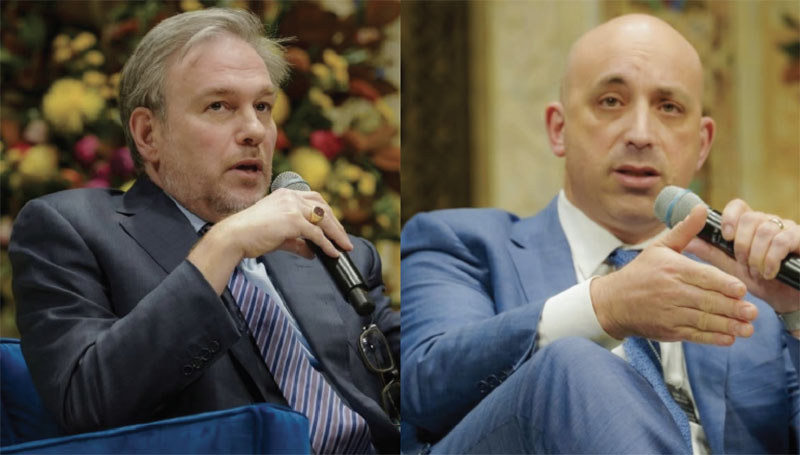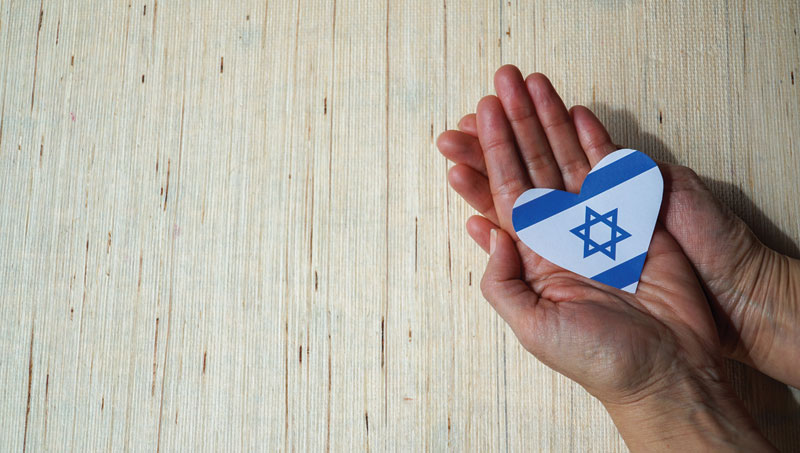Top, “Encampent in the Wilderness of Paran, Sinai,” circa 1875.Above, “Moses’ Well, Jebel Musa,” 1868-69. Below “Arab Man inProfile,” from the 1850s. Photos from “Revealing the Holy Land,”1997.
In the company of his friend, fellow world traveler andphotographer Maxime du Camp, French novelist Gustave Flaubert visitedJerusalem in 1850. The urbane and sophisticated Flaubert wasdecidedly unimpressed with this crumbling backwater of the OttomanEmpire: “Jerusalem stands as a fortress; here the old religionssilent rot away. One treads on dung; ruins surround you wherever youreyes wander — a very sad and sorry picture.”
That same year, a Rev. George Wilson Bridges also made his way tothe Holy City. An English cleric and an amateur photographer, Bridgesand his young son traveled through Palestine as part of a seven-yearjourney around the Mediterranean and the East. Bridges undertook thejourney as a form of solace: He had just buried his wife and daughterin Jamaica — victims of a tropical fever they contracted while thereverend was there doing missionary work. Steeped as he was in griefand religious conviction, Bridges found that Jerusalem’s atmosphereof melancholia and desolation suited him. “What sight,” he observedafter witnessing Jews praying at the Western Wall, “even in thiswondrous city, so touching, so impressive as this — Jews mourningthe ruins of Jerusalem….”
These two travelers — one a littérateur seeking new imagesand impressions for his work and the other an emotionally strickenChristian — see the same patch of stony land in dramaticallydifferent contexts. As is vividly illustrated in a stunning new book,”Revealing the Holy Land: The Photographic Exploration of Palestine,”men such as Flaubert and Bridges were part of a larger stream ofdisparate travelers who trekked to 19th-century Palestine.
From the moment an image could be fixed, photographers beganjourneying to Jerusalem to capture images from the ancient holy city.Armed with newly invented equipment and a host of differingmotivations, patrons and agendas, they all saw — through theircamera lenses — what they wanted to see. Collected here (and soon tobe on display at the Santa Barbara Museum of Art), these remarkablepictures tell almost as much about Western attitudes toward the “HolyLand” as they do about the hardscrabble country itself. NitzaRosovsky’s informative essay further illuminates the historicalcontext of these images.
Occupying the lion’s share of the book are a series of photographsby Sgt. James McDonald, a member of England’s Royal Engineers. Takenduring the engineer corps’ meticulous land surveys of Jerusalem andthe Sinai, McDonald’s pictures reveal an expertise with earlyprocesses of photography. They also capture 19th-century Palestine’ssun-drenched, desolate beauty and hint at England’s imperialisticdesigns on it.
Land surveyorsweren’t the only ones drawn to Palestine. Westerners in general,whether they were armchair travelers or early tourists, werefascinated with the mysterious Holy Land, which, until the mid-19thcentury, had only been represented by religious Renaissance art,illustration and sentimental contemporary painting. The demand forphotographic images of Palestine gave rise to several prominentcommercial photographers, such as Frenchman Felix Bonfils andEnglishman Frank Mason Good. Occupied with a different agenda thanMcDonald, they produced popular pictures for an eager, paying public.Those early photos stimulated travel and pilgrimages to the area. Asbusiness flourished, entire studios were devoted to producingphotographs of biblical sites (accompanied by verses of scripture)and portraits of romanticized Middle Eastern “types.” Those images –of picturesque tents under palm trees and exotically costumed locals– are also included here.
“Revealing the Holy Land” captures the point where the historiesof picture-taking, Palestine, and the West’s Middle East policyintersect and interact. As such, it’s not only a beautiful book ofphotography but also an important document. The particular set ofculture clashes and competing interests that had just begun to takeshape in mid-19th-century Palestine continue to reverberate in Israelto this day — unresolved and as seemingly fixed as an oldphotograph.
“Revealing the Holy Land” (University of California Press, $25paper/$60 cloth) is available at bookstores. The exhibit goes ondisplay at the Santa Barbara Museum of Art from Jan. 29 through March29.






















 More news and opinions than at a Shabbat dinner, right in your inbox.
More news and opinions than at a Shabbat dinner, right in your inbox.